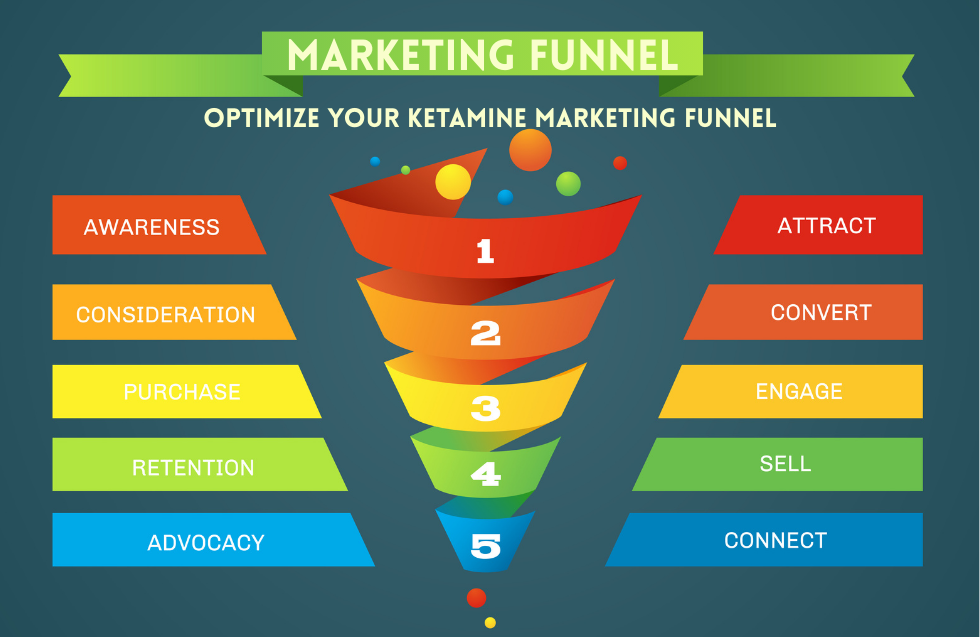Business logos are a critical aspect of branding that can make or break a company’s success. A well-designed logo can help a business stand out from its competitors and establish a strong brand identity. On the other hand, a poorly designed or ineffective logo can undermine a company’s credibility and hinder its growth.
One of the key factors in creating a successful logo is determining where it should be placed. The placement of a logo can have a significant impact on its visibility and effectiveness. For example, placing a logo in a prominent location on a website or product packaging can help increase brand recognition and customer loyalty. However, if a logo is placed in an inconspicuous location or is too small to be easily seen, it may not have the desired impact.
- The Role of Logos in Brand Identity
- Creative Placement of Business Logos
- Logo Visibility and Accessibility
- Legal Considerations of Logo Placement
The Role of Logos in Brand Identity
Logos are an essential component of a business’s brand identity. They are the visual representation of the company and help to communicate its values and personality to the public. A well-designed logo can make a lasting impression on potential customers and help to differentiate the business from its competitors.
Logos are often the first thing that customers see when they interact with a business. They appear on everything from business cards to websites to product packaging. As such, logos should be consistent across all platforms to ensure that customers recognize the brand instantly.
One of the primary functions of a logo is to create a sense of trust and credibility in the minds of customers. A professional-looking logo can give the impression that the business is established and reputable, even if it is relatively new. On the other hand, a poorly designed logo can have the opposite effect, making the business appear amateurish and untrustworthy.
Another important role of logos is to help customers remember the brand. A well-designed logo can be instantly recognizable and memorable, making it more likely that customers will remember the business and seek it out in the future.
In conclusion, logos play a crucial role in a business’s brand identity. They help to communicate the company’s values and personality, create a sense of trust and credibility, and make the brand more memorable to customers. As such, it is important for businesses to invest in a well-designed logo and to use it consistently across all platforms.
Creative Placement of Business Logos
Placing a business logo in the right location can be just as important as the logo itself. The strategic placement of a logo can help to increase brand recognition and awareness, and ultimately lead to increased sales. Here are some key considerations for placing your business logo:
On Mats
Placing a business logo on a mat can be a great way to increase brand exposure. Mats are commonly used in entryways, lobbies, and other high-traffic areas, making them an ideal location for a logo. When placing a logo on a mat, it is important to ensure that the design is clear and easy to read. A simple, bold design is often the most effective.
On Pens
Pens are a popular promotional item, and for good reason. They are inexpensive, practical, and easy to distribute. Placing a business logo on a pen can help to increase brand awareness and recognition. When choosing a pen to place a logo on, it is important to consider the quality of the pen. A high-quality pen will reflect positively on your brand, while a low-quality pen may have the opposite effect.
On Mugs
Mugs are another popular promotional item that can be a great location for a business logo. Mugs are often used in offices, homes, and other settings, making them a great way to increase brand exposure. When placing a logo on a mug, it is important to consider the size and placement of the design. A large, bold design may be more effective than a small, subtle one.
In conclusion, the strategic placement of a business logo can be just as important as the logo itself. By placing your logo on mats, pens, mugs, and other items, you can increase brand recognition and awareness, and ultimately lead to increased sales.
Logo Visibility and Accessibility
Logos are an essential component of a company’s branding strategy. They serve as a visual representation of the company, its values, and its products or services. It is therefore important to ensure that the logo is visible and accessible to the target audience.
One of the key factors in logo visibility is placement. The logo should be placed in a prominent location where it can be easily seen by the target audience. This could be on the company’s website, social media pages, business cards, or other marketing materials. It is also important to ensure that the logo is appropriately sized and scaled for each platform to ensure maximum visibility.
In addition to placement, accessibility is also an important consideration. The logo should be easily recognizable and distinguishable from other logos or images. This can be achieved through the use of bold colors, unique shapes, and clear typography. It is also important to ensure that the logo is accessible to individuals with disabilities, such as those who are visually impaired. This can be achieved through the use of alt tags and other accessibility features.
Overall, ensuring logo visibility and accessibility is crucial for effective branding. By placing the logo in prominent locations and making it easily recognizable and accessible, companies can strengthen their brand identity and increase their visibility among their target audience.
Legal Considerations of Logo Placement
When it comes to placing a business logo, there are some legal considerations that must be taken into account. The placement of a logo can have legal implications, so it’s important to understand the rules and regulations surrounding logo placement.
One important consideration is trademark law. If a business has a registered trademark, it’s important to ensure that the logo is placed in a way that doesn’t infringe on the trademark. This means that the logo should not be placed in a way that could cause confusion with another business’s logo or trademark.
Another legal consideration is advertising regulations. In some industries, there are specific rules and regulations regarding advertising and the placement of logos. For example, in the healthcare industry, there are strict regulations regarding the use of logos and branding in advertising.
It’s also important to consider the location of the logo. If the logo is placed on a product or packaging, it’s important to ensure that it meets all labeling requirements. This includes any required information such as ingredient lists or warnings.
Overall, when it comes to logo placement, it’s important to consider the legal implications and ensure that the placement meets all relevant regulations and requirements. By doing so, businesses can avoid legal issues and protect their brand.













